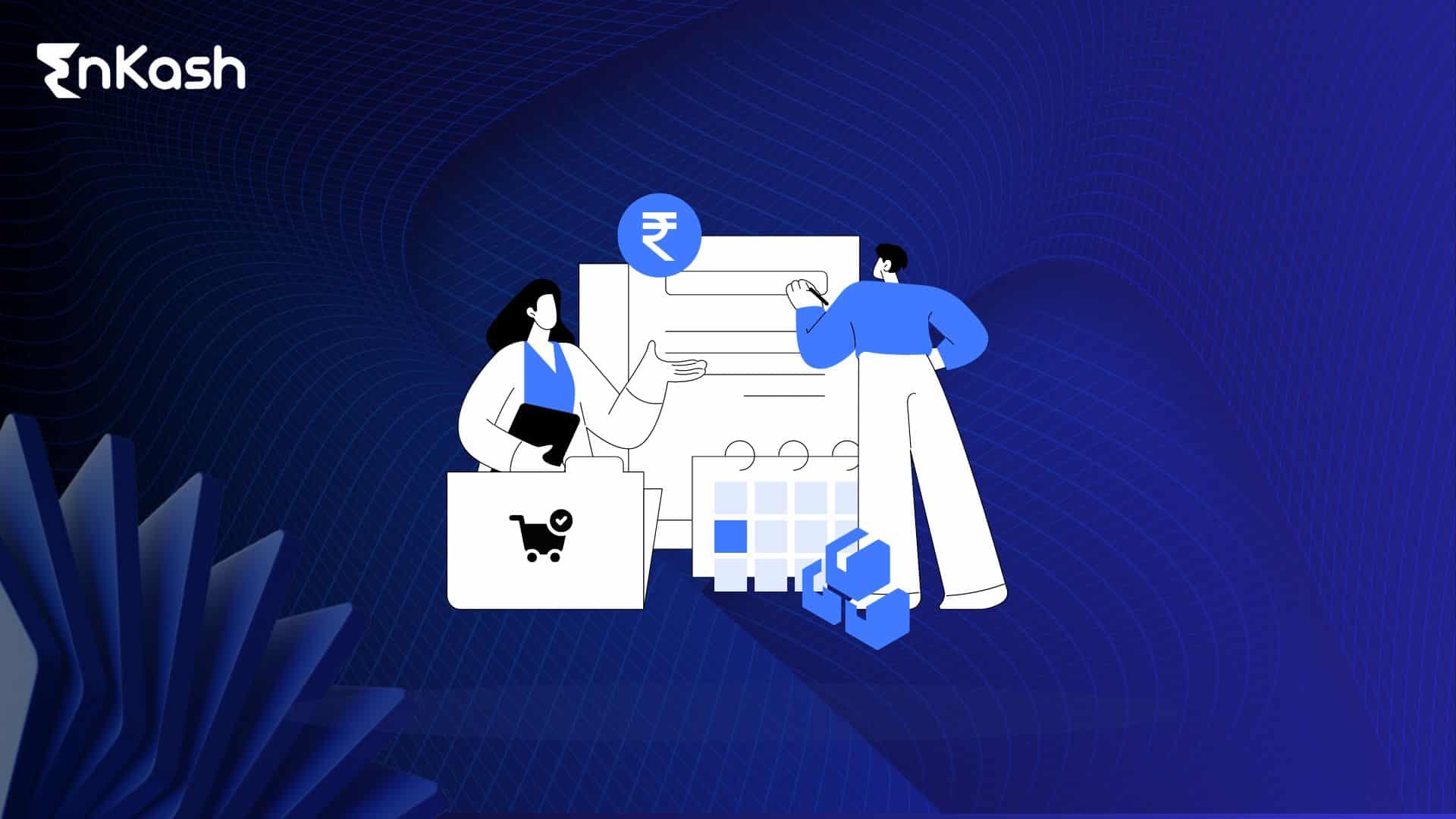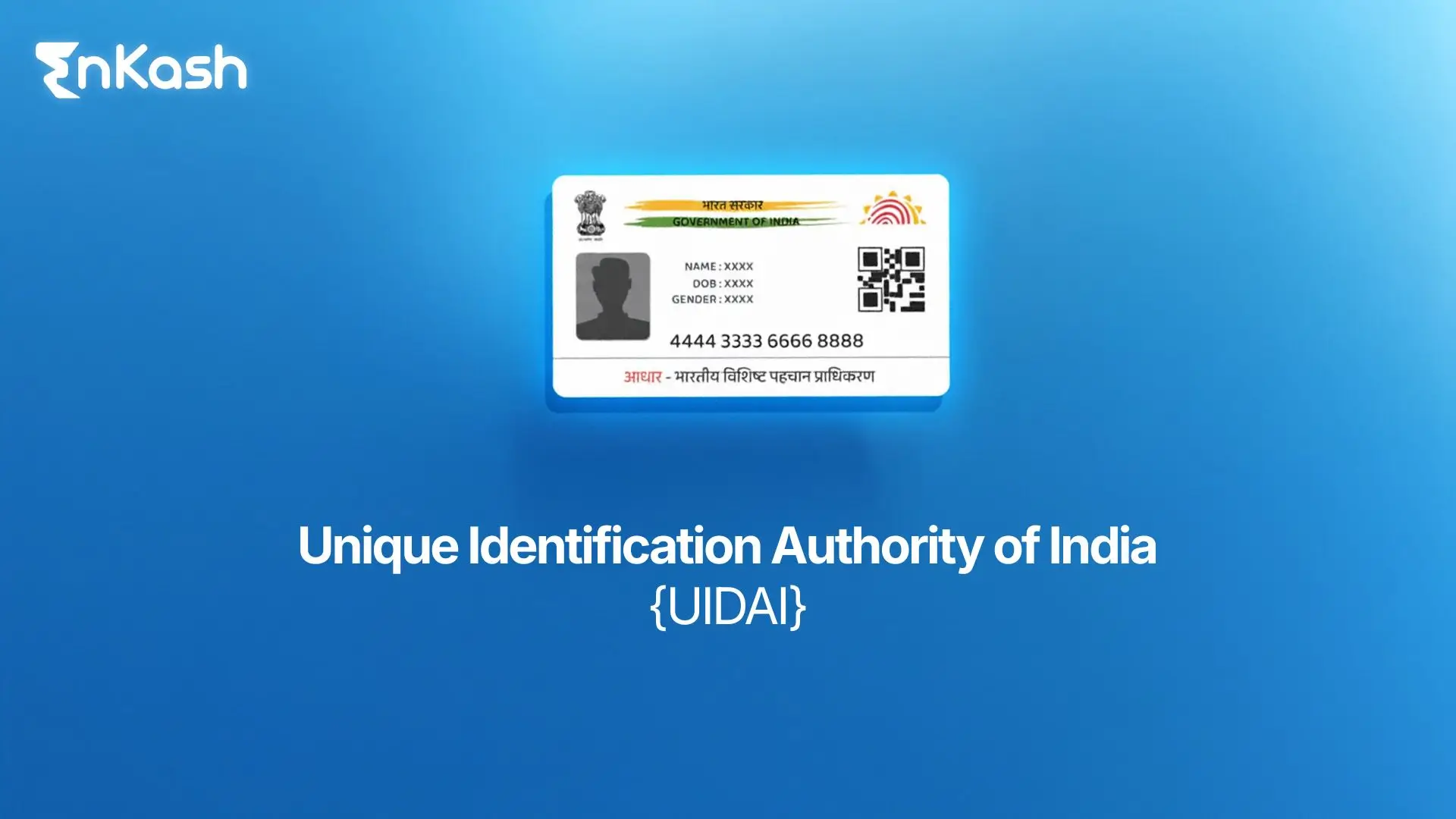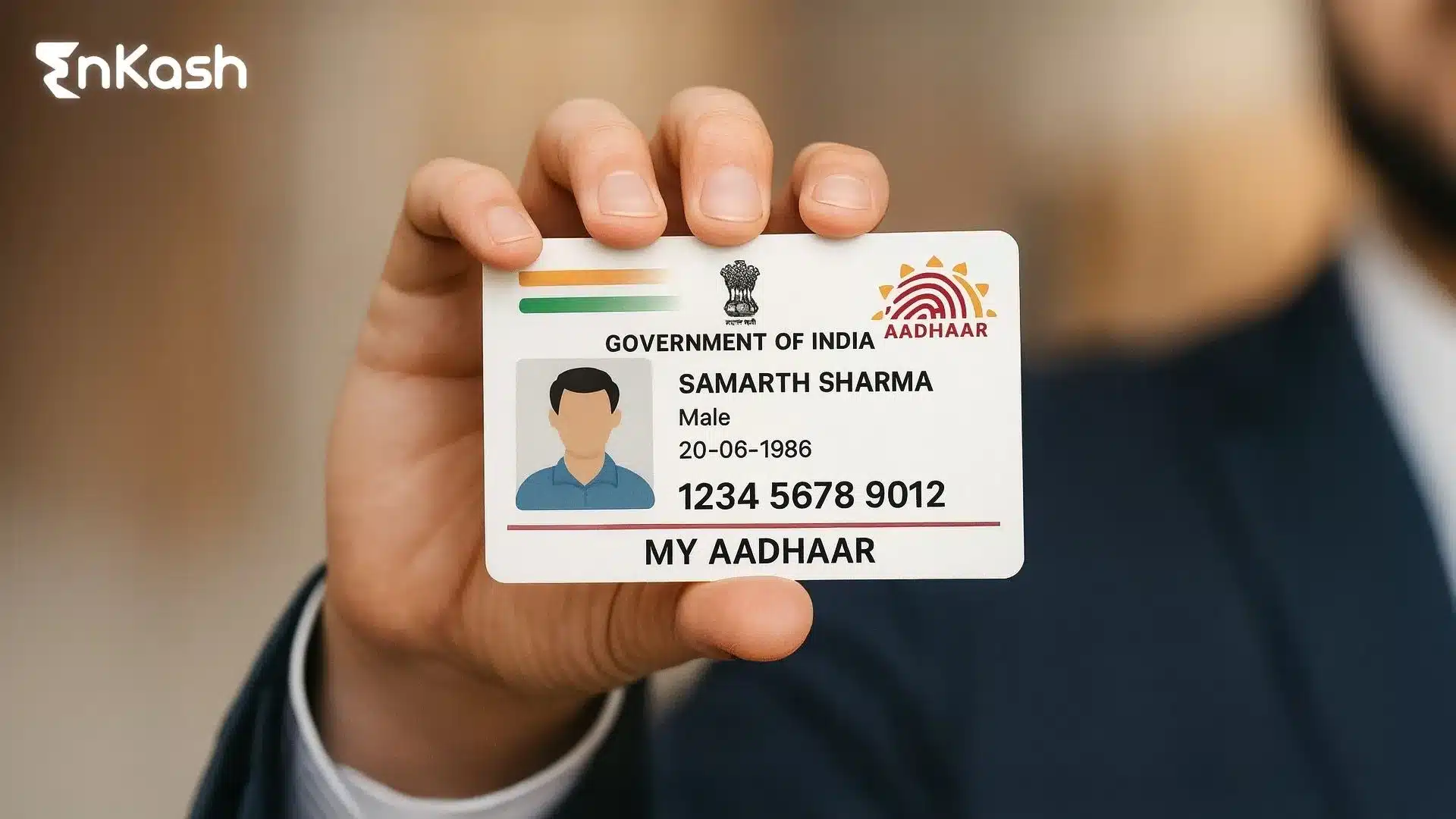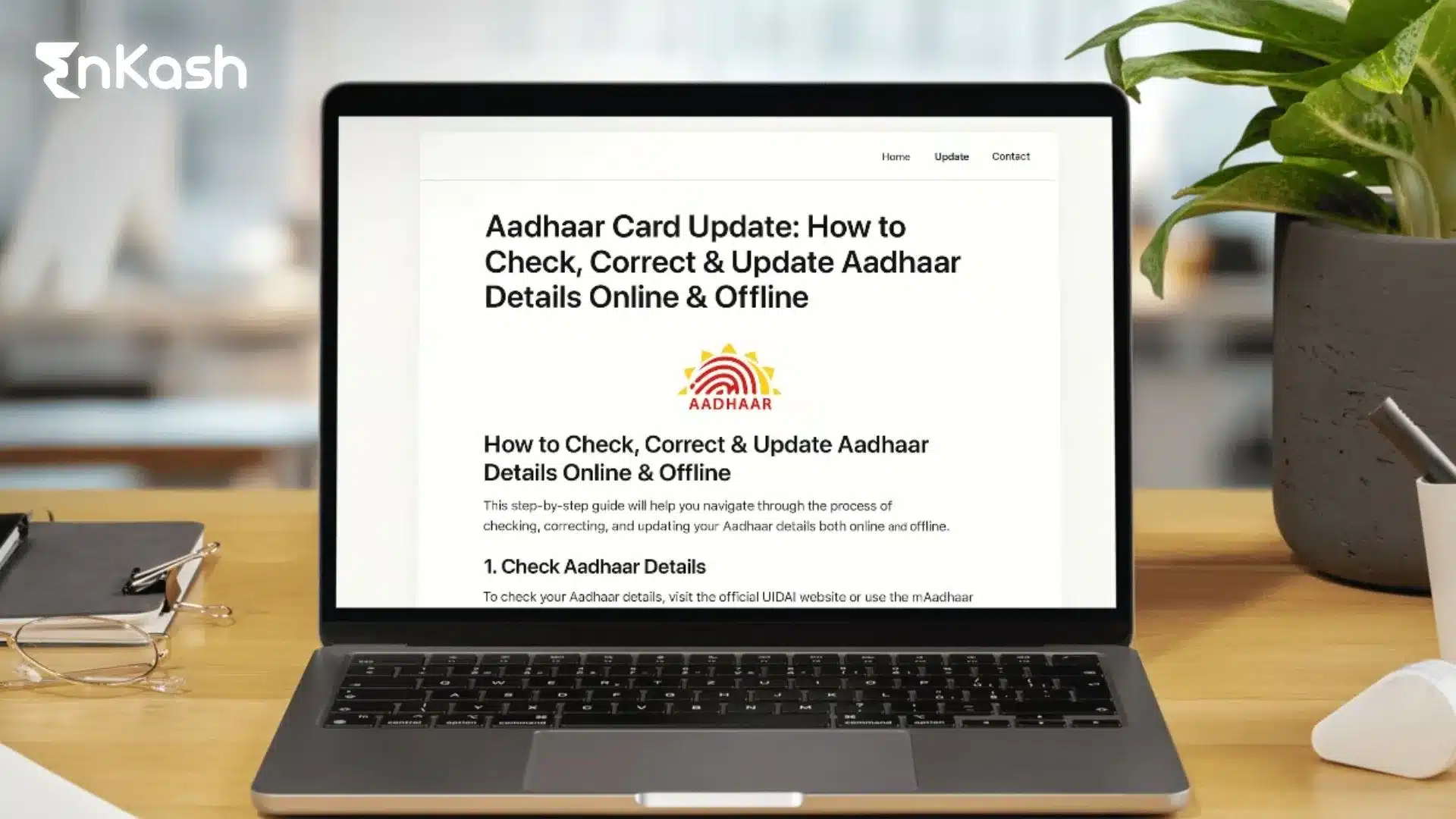A purchase requisition is a business document requesting the purchase of goods and/or services. It is used by employees to officially request purchase departments without purchasing items or services outside of the company budget, policies or procedures. After the purchase requisition is approved, it is converted to a purchase order by the procurement team, which is effectively a legal contract with the vendor.
This is done to prevent fraud, track purchases, and make the procurement process more efficient. The blog highlights the difference between purchase requisition and purchase order and elaborates on how these two documents help companies become more accountable and cost-efficient in their purchasing process.
What Is Purchase Requisition?
A purchase requisition is an internal document that is initiated in the first stage of the procurement process. It is used to request goods or services necessary for an employee or department to perform their job. A purchase requisition typically includes details like requested items, quantity, estimated price and the reason for purchase.
Key Elements of a Purchase Requisition
A typical purchase requisition document includes the following elements:
- Name of Requestor: The employee requesting the goods or services.
- Department: The department initiating the request.
- Description of the Item: Detail of the purchase, which can be a product or a service. It also includes the quantity, per unit price/estimated cost.
- Supplier Information: Details of the preferred or suggested vendor.
- Reason for Purchase: An explanation for the purchase, ensuring it aligns with business objectives and requirements.
- Approval Signatures: Line managers and department heads review and sign off the purchase request to confirm its validity and alignment against set budgets.
Example of a Purchase Requisition Process
Imagine that an IT department wants to purchase new laptops to replace outdated computers. The head of the IT department fills out a purchase requisition note with details regarding the desired laptops, such as the type of laptop, quantity, and estimated cost. After the note is approved by the department manager and checked by the purchasing team, the request will continue through the procurement workflow. It will be eventually marked as a purchase order and be assigned to a vendor.
What is a Purchase Requisition in Cost Accounting?
Purchase requisition helps maintain proper records in cost accounting, effectively controlling costs. Cost accounting is a key area in business management and a branch of accounting that focuses on capturing a company’s total production costs by assessing its variable and fixed costs. Purchase requisition helps companies assign their purchasing costs to the appropriate department or project.
For example, a factory manager submits a purchase requisition for raw materials, which can be traced back to the appropriate production line. This enables management to view which departments, or even specific projects, are incurring costs. It also provides clarity for any decisions that management might need to make around resource allocation or budgets.
Integrating purchase requisitions into cost accounting offers business benefits like:
- Monitoring departmental spending against budgets.
- Ensure purchases are in line with financial objectives.
- Find areas going over budget and take action to control expenses.
Read More: Cost Accounting and its Types
Steps in a Purchase Requisition Flow
A purchase requisition flow consists of multiple steps that explain how a purchase request is raised, approved and fulfilled, along with responsible owners. It ensures that the purchase is legitimate and adheres to the company’s budgetary and approvals requirements. Below is a detailed breakdown of the steps in a purchase requisition flow:
Identification of Requirements
The process starts when an employee identifies a need for a good or service. For instance, the facilities department has identified the need for new office furniture or the IT department has identified the need for new software licenses.
Submission of Purchase Requisition Form
The employee provides details like item description, quantity, approximate price, and justification for purchase through a purchase requisition form. The form may be filled manually or digitally, based on the company’s IT infrastructure.
Read more: Cost Control
Approval from the Line Manager
The purchase requisition note goes to the line or department manager for approval. It is their responsibility to check that the request is valid, worthwhile and covered by the department budget. If approved, the requisition goes to the next part of the process.
Stocktaking by the Inventory Department
The requisition is forwarded to the inventory department to check if the items are in stock. If the items are in stock, the request can be fulfilled without ordering new items. Otherwise, the requisition will continue in the workflow.
Screening by the Purchasing Department
The requisition is sent to the purchasing department for review. The team ensures the request follows company policies, is within budget, and contains the required information. If the requisition is incomplete or incorrect, it will be sent back to the requester for revisions.
Generating the Purchase Order
After receipt of all approvals, the requisition is converted into a purchase order (PO). The PO is issued to the vendor describing the items to be purchased, as well as the quantity and terms. The vendor reviews the PO which becomes a valid contract upon its acceptance.
Delivery and Verification
Upon receiving the ordered goods or services, the receiving department checks the items ordered against the purchase order and requisition. All three documents – purchase order, delivery receipt and vendor invoice – are matched to verify order accuracy.
Invoice Payment
Once the goods are confirmed and approved, the vendor’s invoice is sent to the accounts payable or finance team for payment processing. Payment is made in accordance with the terms listed on the purchase order, and the transaction is recorded in the company’s books.
Understanding the Difference Between Purchase Requisition and Purchase Order
Purchase requisitions and purchase orders play key roles in the procurement process but they serve different functions.
Purchase Requisition
- Purpose: Purchase requisition is used to request for procurement of goods or services. It is the initial stage of the purchasing process that certifies that all the department heads have approved the request.
- Audience: It is meant for internal use and to be reviewed by managers, department heads, inventory and purchasing teams.
- Formality: It is not a legally binding document.
- Approval Process: It is first approved by appropriate internal stakeholders before being sent to the purchase order stage.
Purchase Order
- Purpose: A purchase order is an external, formal document issued to a vendor or supplier indicating what products or services to be provided, price, and terms. It transforms a requisition into a contract.
- Audience: It is sent to an external vendor or supplier which starts the process of fulfilling the order.
- Formality: It becomes a legally binding contract when the vendor checks and accepts the purchase order.
- Approval Process: Purchase orders are approved by purchasing or finance teams or higher management before being sent to the vendor.
The difference between a purchase requisition and a purchase order can be summed up as – the requisition is the internal order to purchase, while the purchase order is the external confirmation to purchase, sent to the supplier for fulfillment.
Read more: Purchase cards
Why Are Purchase Requisitions Important?
Let’s look at some of the benefits offered by a streamlined purchase requisition process.
Fraud Prevention
Companies run the risk of fraud when people are allowed to make direct purchases without anybody overseeing the process. For instance, an employee may order personal items in the name of a company purchase. Such risk can be eliminated if a company requires a purchase requisition. It can help stop unauthorized purchases and ensure that every transaction is verified and approved.
Budget Control
An effective purchase requisition process can help companies have complete control over their spendings. Every requisition has to be approved by a department manager who ensures the request meets budgetary limits. It helps prevent excessive expenditures that can endanger the company’s financial conditions.
Read more: Expense management software
Preventing Duplicate Orders
In the absence of a structured purchase requisition process, employees may place duplicate orders. The purchasing team filters requisition forms in order to prevent the processing of duplicate orders. It helps the company save money and avoid waste.
Streamlining Procurement
A centralized requisition system can help companies eliminate duplications, expedite the overall procurement process, and enable company management to keep track of purchasing and inventories.
Simplifying Audits
A clear audit trail is one of the major strengths of a purchase requisition. Each requisition shows not only the approval process, but also the specific items requested and the corresponding purchase order. The documentation can help with financial audits, proving that purchases were made according to set policies.
Read more: Financial Accounting
Automating the Purchase Requisition Process
Automating the management of purchase requisitions helps companies to reduce paperwork and likely errors. Here’s how businesses can automate their purchase requisition process:
Digital Requisition Forms
Instead of paper forms, employees fill out digital purchase requisition forms in a procurement software platform. The software routes the form to the appropriate approvers directly, saving time.
Automated Approval Workflows
Workflow automation lets companies build custom approval processes. If a department manager files a request, the system might automatically send it to the procurement team for review. If the requisition is within the set budget, it might even get approved with no further human intervention.
Real-Time Tracking
With digital requisition systems, managers can see the status of each requisition at any given moment; nothing gets lost in the system, and nothing gets forgotten, which in turn allows for much better reporting and forecasting.
Integration with Procurement Systems
Most companies already use procurement software to issue purchase orders, invoices and manage suppliers. So adding the requisition system into the existing process creates a continuous flow from requisition to order fulfillment.
Conclusion
The purchase requisition is a vital part of modern business operations as it helps companies manage expenditures, prevent fraud and improve the efficiency of the procurement workflow. Contrary to what it might appear, it’s not like a purchase order – a requisition is an internal document that sets off the whole purchasing process, making sure that no requests are made without approval.
Knowing the difference between purchase requisition and purchase order is key to establishing stronger internal controls, leading to more accurate budgeting data and simpler auditing processes. Moreover, automated purchase requisition workflows help companies improve procurement efficiency and avoid delays.
FAQs
How are unapproved purchase requisitions handled?
If a purchase requisition is refused, the request gets returned to the requestor, together with an explanation of the rejection The requestor may possibly need to provide further information, revise the request to meet budgetary limits, or seek further approval, up the hierarchy before re-submitting it.
Can a purchase requisition be canceled after approval?
Yes, after a purchase requisition is approved, it can be canceled if the business no longer needs the goods or services. The requisition might be canceled by alerting the purchasing department before a purchase order is issued to the vendor. After a purchase order is sent to a vendor, the cancellation process may involve negotiation depending on the vendor’s policies.
Are there different types of purchase requisitions?
Yes, businesses can use different types of purchase requisitions depending on their requirements. For example, there can be standard requisitions for routine purchases, emergency requisitions for urgent requests, and capital requisitions for high-value purchases like machinery or equipment.
How do companies handle urgent purchase requisitions?
Urgent or emergency purchase requisitions often have a separate workflow, allowing them to bypass standard approval processes to expedite procurement. This might include fewer approval steps, faster processing, or special consideration by the purchasing department.
How is the finance team involved in the purchase requisition approval process?
Most companies have the finance team as the approver before creating purchase orders. The finance department reviews purchase requisitions to check if the cash is available, and the request complies with financial plans, budgets and other cost-controlling mechanisms.
Can purchase requisitions be automated for businesses operating from different locations?
Yes, in multi-location businesses, automating purchase requisitions can streamline procurement across various locations. Cloud-based procurement software allows centralized control, real-time tracking, and better coordination between different branches, ensuring a cohesive purchasing process.
How does a purchase requisition and an invoice differ from one another?
A purchase requisition is an internal document, issued for the purchase of goods/services. An invoice is issued by a supplier requesting payment for products/services offered. A purchase requisition results in a purchase order. An invoice is issued after an order is completed, indicating the amount of money the company owes.
How does purchase requisitions affect supplier relationships?
An efficient and structured purchase requisition process contributes to sound supplier communications by ensuring accuracy of orders, obtaining approval and minimizing the risk of exceeding budget. This helps form effective relationships with suppliers as it reduces the chances for confusion or dispute regarding orders and payments.
How do purchase requisitions affect inventory management?
Purchase requisitions help inventory teams maintain optimal stock levels by ensuring that purchases are made based on current needs. They prevent overstocking or stock shortages by allowing better visibility into purchasing trends and inventory demands.
Can businesses issue purchase requisitions for services?
Yes, businesses can create purchase requisitions for services as well. The service requisition form may consist of details like the type of service, time, and projected cost. After approval, the purchase requisition process for services closely follows that of goods.








